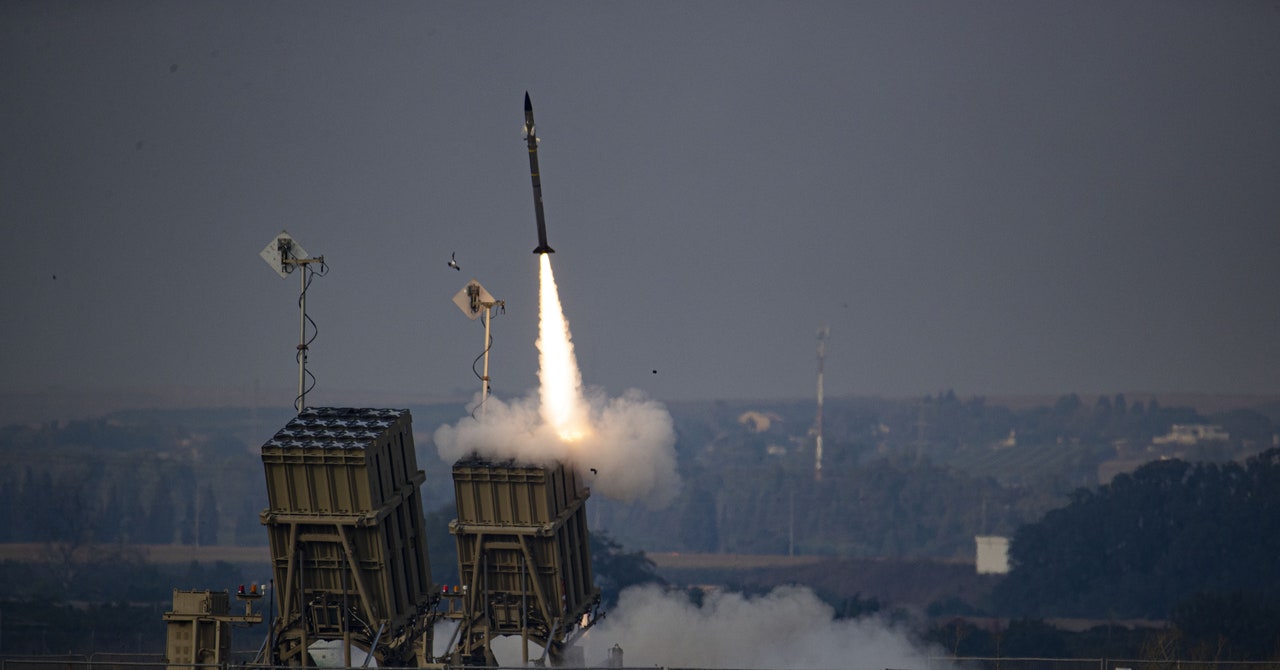On Saturday, Iran fired more than 200 drones and cruise missiles at Israel. As the drones moved across the Middle East en route to their target, Israel deployed a variety of defense systems to impede their progress. None will be more important than the Iron Dome.
The Iron Dome has been in operation for more than a decade and consists of at least ten missile defense batteries strategically located across the country. When the radar detects incoming objects, it sends that information back to a command and control center, which tracks the threat to determine whether it is a false alarm and where it might otherwise strike. The system then fires interceptor missiles at the incoming missiles most likely to hit a populated area.
“This entire process was designed to defend against low-flying, fast-moving missiles,” said Iain Boyd, director of the Center for National Security Initiatives at the University of Colorado. This means it is also ideally prepared for a drone attack. “A drone is probably going to fly slower than these missiles,” Boyd says, “so in some ways it’s an easier threat to deal with.”
Things get more complicated when the drones fly so low that the radar cannot detect them. The biggest challenge, however, may be the sheer volume. Israel has hundreds of interceptor missiles, but it is still possible that the Iron Dome could be overwhelmed, as it was on October 7, when Hamas attacked Israel with a barrage of thousands of missiles.
U.S. officials said Iran has fired a total of 150 missiles at Israel so far. The Iron Dome was already actively repelling them, although a ten-year-old boy was reportedly injured by shrapnel from an interceptor missile.
Although the Iron Dome is Israel’s last and arguably best line of defense, it is not the only factor here. The UAVs in question are likely Iranian-made Shahed-136 drones, which played a prominent role in Russia’s war against Ukraine. These so-called suicide drones — they have a built-in warhead and are designed to crash into targets — are relatively inexpensive and fly at a top speed of just over 100 miles per hour. This means the unmanned aerial systems (UAS) were traveling for several hours before reaching their intended destination, leaving ample opportunity to intercept them.
“Because there is so much evidence of warnings about the UAS, there will probably be a lot of manned fixed-wing aircraft watching these things, tracking them and probably trying to attack these things,” said Tom Karako, director of the Missile Defense Project at the Center for Strategic and Defense International Studies, a political think tank.
Part of that work fell to the U.S. military, which confirmed that it has shot down an unspecified number of Iranian drones and will continue to do so. The UK has said it will provide replacements for US aircraft diverted from their existing missions and also intercept UAVs.
